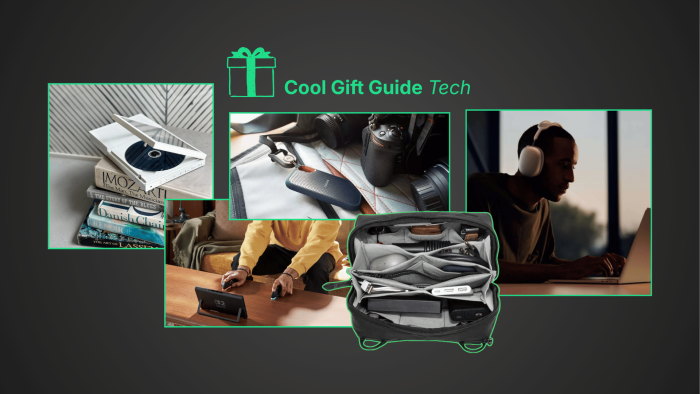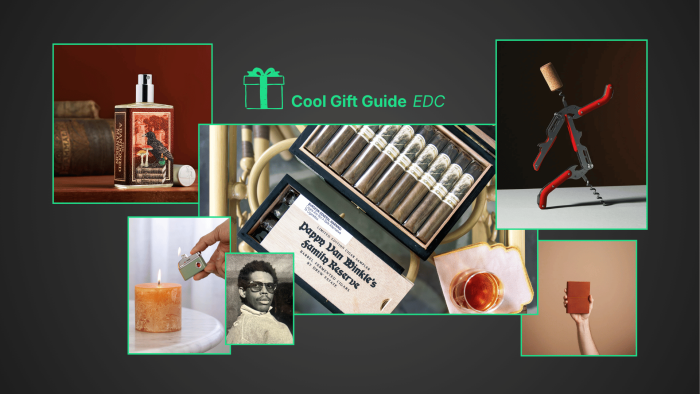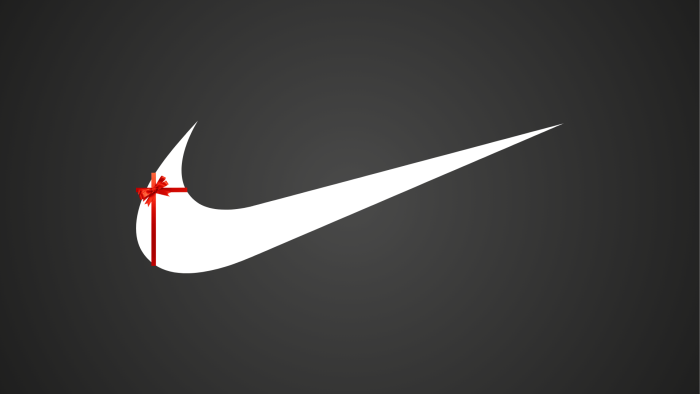Photography is probably one of the most rewarding hobbies, crafts, and art forms in the entire world. If you’re thinking about taking the leap into photography, there’s more to think about than just the body. Your glass—your lenses—are just as important as your body, because when push comes to shove, all those megapixels and sensors don’t really matter if the camera lens it’s shooting through is garbage. And in a world of name brand and off-brand optics companies, deciding what you should be shooting with can be difficult. So we went ahead and put together this basic buyer’s guide. Please note the operative word here is “basic.” There are literally thousands of options for you, but the ones below will guide you through most situations, or at least give you an idea of what you should be looking at. Here are 5 Camera Lenses Every Photographer Should Own:
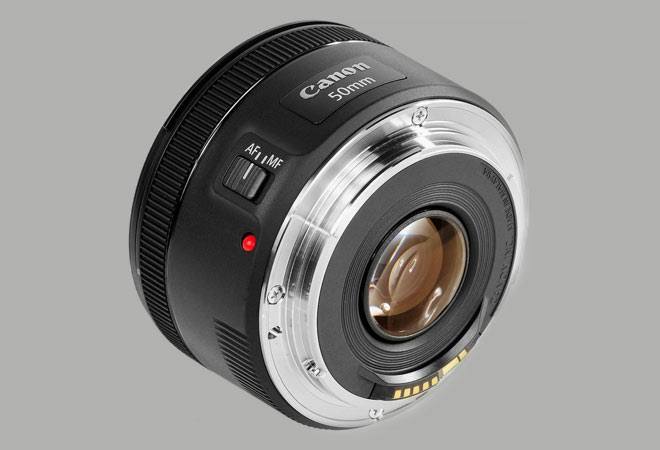
Fixed Prime Lens
When it comes to an all-around good shooter that won’t get in the way and will still serve well in a variety of conditions, a standard fixed prime lens with a focal length between 35mm and 70mm (although we’d also argue that 28mm can be tossed into this category, too) is essential to your rig. If you’re shooting more close-quarters “street photography” stuff, a 28 is our go-to, simply because there’s a lot of room for composition, which leaves room for some real creative stuff. Thirty-five millimeter lenses are also really great if you have the cash. If “inexpensive” is the name of the game right now (presumably because you blew all your bread on your body!), a 50mm 1.8 can be had for less than $150 for both Canons and Nikons, which is a steal for a reliable everyday shooter.
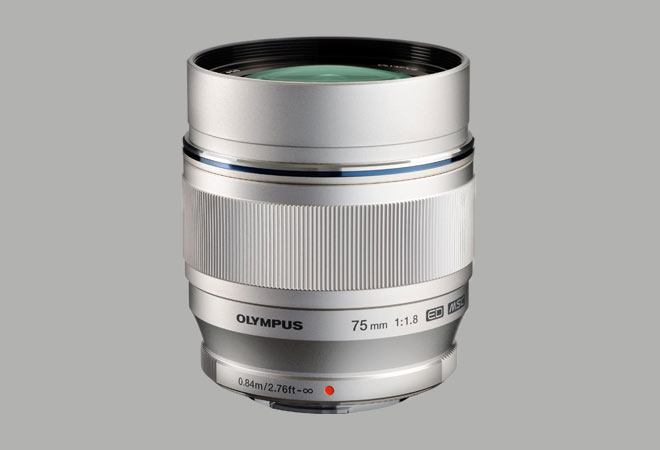
Portrait/Lower Range Telephoto Lens
Take one solid portrait of a friend on a 50mm prime lens, and you’ll be hooked on the look of a sharp subject and narrow depth of field. And when the time comes to take your portrait work more seriously, a lower range telephoto lens in the 75mm to 135mm range will become an invaluable tool in your kit. We don’t have time to offer an in depth explanation of what bokeh is, but basically, it’s the blurry background you see in photographs. It’s determined by your aperture, which in turn is influenced by your ISO and shutter speed. And a longer focal range, even with a higher minimum aperture will still offer a smoother bokeh and narrower depth of field than a smaller focal length lens with a lower minimum aperture (ex: 50mm 1.8 vs. a 135mm 2.8). Wildlife, portrait work, sports—these lenses really shine in these situations.

Ultra-Wide/Wide-Angle Lens
Wide-angle lenses are thought to be a bit of a novelty item with the “purists” of the world, but there’s really a lot to be said about them when used tastefully. If they’re super wide (like fisheyes), they can add interesting perspective to close-quarters concert photography or fun event photography, and if they’re modestly wide (like Canon’s 10-22 or less expensive 10-18, or Nikon’s 20mm, or even alternative brand stuff like the Tamron 17mm or Sigma 19mm), they’re great for things like landscape photography, nature scenes, architecture, real estate stuff, etc. How wide you go all depends on how okay you are with image distortion.
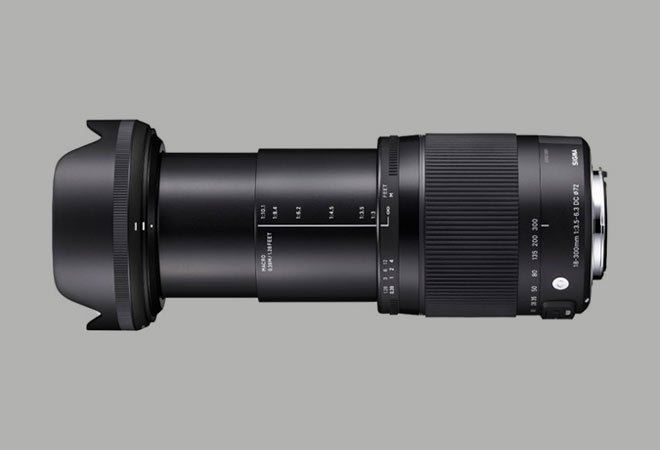
Superzoom Lens
Superzoom lenses are all-purpose shooters that will give you everything from decent wide-angle, close-quarters (14-20mm range) images, and still pack a punch in the 150mm to even 300mm range. They’re useful for people who are constantly on the go and in different situations where it’s not exactly advantageous to carry around two or three different lenses at a time. The Canon 18-200mm and Nikon 18-300mm lenses are great lenses, and the Sigma 18-300mm and Tamron 16-300mm are great alternative brand selections. Just keep in mind that, as with most things in life, there’s a yin and yang here: Because these lenses aren’t fixed purpose lenses and offer plenty of versatility for a multitude of situations, it comes at the sacrifice of overall image quality. They aren’t garbage lenses and will still produce exceptional images, but they just can’t go punch-for-punch with dedicated single-purpose telephoto rigs.
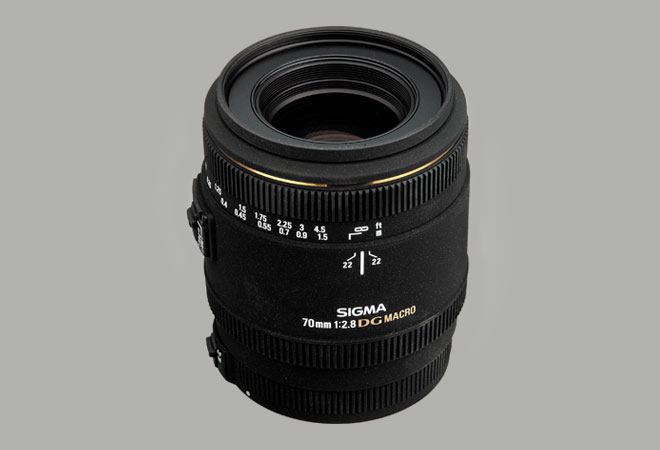
Macro Lens
Good macro photography is more of a fine art than anything, and a macro lens can really bring your photography into a new light. But what the hell is macro photography? In layman’s terms, it’s like taking a very up close and personal shot of something—flowers, insects, leaves, etc. Technically, macro photography is the ability to take photos at 1:1 magnification. Characteristically, these shots are super sharp and have excellent bokeh, and are really just works of art if done correctly.
Standard macro lens focal lengths are typically anywhere between 60mm and 200mm, but there are compact (or “short”) macro lenses in the 30mm to 50mm range that will work just fine if you’re on a budget or hate bulkier lenses.
The Canon MP-E 65mm is a great option here and offers an incredible 5:1 image magnification, but will also cost you a pretty penny with its $1,000+ price tag. And the Zeiss 100mm Makro Planar ZE is also an exceptional quality piece of glass, but still you’re looking at a $2,000 price tag. More affordable lenses include the Sigma 70mm DG AF Macro (which will run you a little over $500), the Nikon 60mm D AF Micro-Nikkor (less than $500), and the Sigma 70mm DGAF Macro (also less than $400).


